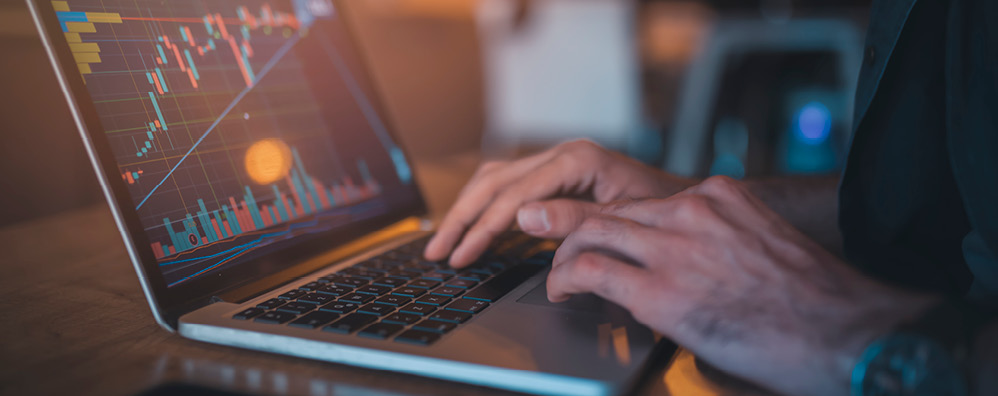Economic Outlook March 2024
3/7/2024 8:00:00 AM

When the stock market goes on an aggressive rising streak, I find myself wondering where the money keeps coming from to drive those price increases. The value of Nvidia, Meta, Microsoft and Amazon in the Nasdaq 100 has risen by $1.5 trillion this year, while the remaining portion of the index (107 positions) increased only $75 billion.
In today’s market, this situation is not limited to stocks. Bond market spreads are also narrower than they were at the beginning of the year. Spread is the additional yield an investor receives above U.S. Treasury bonds for asset classes such as corporate bonds, municipal bonds, mortgage-backed investments or any other type of credit not guaranteed by the U.S. government. Having a tighter spread means that bonds are also attracting money, but that’s not where the story ends. Crypto prices are also higher, with Bitcoin touching record highs. Again, we have to ask ourselves about all the money pouring into these asset classes – where is it coming from?
Over the past 15 years, low fed fund rates made it easy to borrow inexpensive money to invest in the markets – but that is now gone. The Fed also engaged in quantitative easing for many years, injecting money into the economy. Those funds ultimately found their way to the market – but that is gone, too. Perhaps the money is coming from asset classes that have fallen out of favor? Maybe money is coming from large federal deficit spending? Is money that used to be in money market accounts finding its way into stocks? It’s hard to confirm the answer to any of these questions.
I have one more suspicion that could provide some insight. More money today is passively invested, rather than actively invested, in the market. Passive investing means money is going into index tracking investment options, without any consideration for price, risk or value discovery. Popular indexes for investing passively (e.g., the S&P 500 and the NASDAQ 100) are capitalization weighted, meaning the biggest companies have the largest representations. For example, Microsoft, Apple, Nvidia, Amazon, Meta and the two classes of Alphabet (Google) make up 27.75% of the S&P 500 on a capitalization weighted basis, but they total only 1.4% of the names in the index. The other 506 positions, totaling 98.6% of the names in the index, account for the other 72.25% of the market’s capitalization.
Expanding on this topic, let’s compare returns. In 2023, the capitalization weighted return (as it is normally reported) on the S&P 500 was 26.34%. On an equal weighted basis, where all 513 positions have the same weight, the return was 13.88%. In 2022, returns were -18.17% and -11.50% respectively. In short, when passive investing flows are positive, companies with the biggest weightings are the beneficiaries of new dollars. When passive investing flows are negative, stocks with the biggest weightings are the largest source of dollars leaving the market.
When capitalization weighted results and equal weighted results have similar performance, as they did in 2021 (28.68% and 29.58% respectively), the returns are considered to be more broad across positions and industries. Sure, the artificial intelligence theme plays a noticeable role in the current themes underlying large-company stock performance, but how long will that be sustainable?
A longstanding market citation notes that markets can remain irrational longer than investors can remain solvent. The recent performance of the “Magnificent 7” stocks can create major “fear of missing out” (FOMO) – but as an investor, you should try to keep a long-term perspective in view and stick to your overall investment plan.
Products and services offered through Bell Bank Wealth Management are: Not FDIC Insured | No Bank Guarantee | May Lose Value | Not a Deposit | Not Insured by Any Federal Government Agency

Greg Sweeney, CFA®
Related Content

Navigating the Challenges of an Aging Workforce
